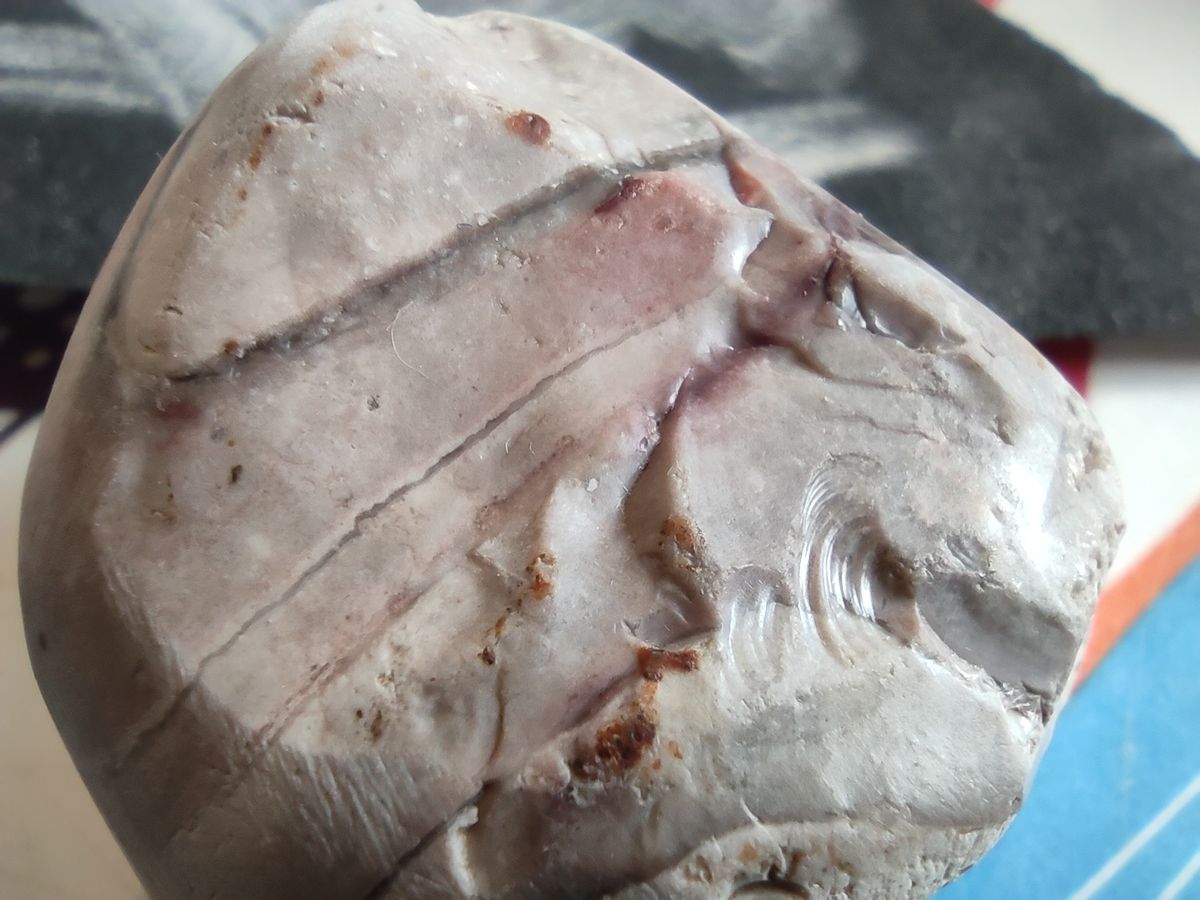
Brownmillerite might sound like a tongue-twister, but it's a fascinating mineral with unique properties. Named after Lorrin Thomas Brownmiller, this mineral is a key player in the world of cement chemistry. Found in Portland cement, brownmillerite helps control the setting time and strength of concrete. Its chemical formula, Ca2(Al,Fe)2O5, reveals its composition of calcium, aluminum, and iron oxides. This mineral forms through high-temperature processes, typically above 1,000°C. Brownmillerite's structure is intriguing, featuring layers of oxygen atoms with calcium and aluminum/iron atoms nestled in between. Understanding brownmillerite can shed light on how cement works, making it essential for construction and engineering. Ready to learn more? Let's dive into 30 amazing facts about this remarkable mineral!
Key Takeaways:
- Brownmillerite, named after a chemist, has a unique brownish-red color and is found in various countries. It's used in cement and has potential applications in electronics and energy storage.
- This mineral has historical significance in cement chemistry and continues to be a subject of fascination for researchers. It's known for its high melting point, thermal stability, and potential use in eco-friendly cement.
What is Brownmillerite?
Brownmillerite is a fascinating mineral with unique properties and a rich history. Let's dive into some intriguing facts about this mineral.
-
Brownmillerite is named after the American chemist Lorrin Thomas Brownmiller, who made significant contributions to the study of cement chemistry.
-
This mineral is primarily composed of calcium, aluminum, and iron oxides, giving it a complex chemical structure.
-
Brownmillerite has a distinctive brownish-red color, which is due to the presence of iron in its composition.
-
It forms in orthorhombic crystal systems, which means its crystals are shaped like elongated rectangles.
Where is Brownmillerite Found?
Brownmillerite can be found in various locations around the world. Here are some notable places where this mineral has been discovered.
-
Italy is one of the primary sources of brownmillerite, especially in regions with volcanic activity.
-
It has also been found in Germany, particularly in areas with limestone deposits.
-
In the United States, brownmillerite can be located in states like California and Texas.
-
This mineral is often associated with cement plants, as it forms during the production of Portland cement.
Uses of Brownmillerite
Brownmillerite has several practical applications, especially in the construction industry. Let's explore some of its uses.
-
One of the main uses of brownmillerite is in the production of Portland cement, which is a key ingredient in concrete.
-
It helps improve the strength and durability of cement, making it an essential component in construction projects.
-
Brownmillerite is also used in the manufacturing of refractory materials, which can withstand high temperatures.
-
Researchers are exploring its potential use in advanced ceramics due to its unique properties.
Interesting Properties of Brownmillerite
Brownmillerite possesses some remarkable properties that make it stand out among other minerals. Here are a few of them.
-
This mineral has a high melting point, which makes it suitable for use in high-temperature environments.
-
Brownmillerite is known for its excellent thermal stability, meaning it can maintain its structure even under extreme heat.
-
It has good electrical conductivity, which is why scientists are studying its potential applications in electronics.
-
The mineral exhibits magnetic properties, making it interesting for research in magnetism and related fields.
Historical Significance of Brownmillerite
Brownmillerite has played an important role in the history of materials science and cement chemistry. Let's look at some historical facts.
-
The mineral was first identified in the early 20th century during studies on the hydration of cement.
-
Lorrin Thomas Brownmiller's research on this mineral helped pave the way for modern cement chemistry.
-
Brownmillerite's discovery led to a better understanding of the chemical reactions that occur during the production of cement.
-
It has been the subject of numerous scientific studies, contributing to advancements in materials science.
Brownmillerite in Modern Research
Modern research continues to uncover new aspects of brownmillerite and its potential applications. Here are some recent findings.
-
Scientists are investigating the use of brownmillerite in the development of new types of eco-friendly cement.
-
Research is being conducted on its potential use in energy storage systems, such as batteries and supercapacitors.
-
Brownmillerite is being studied for its potential role in carbon capture and storage technologies.
-
Advances in nanotechnology are enabling researchers to explore the nanoscale properties of brownmillerite.
Fun Facts About Brownmillerite
Let's end with some fun and lesser-known facts about brownmillerite that you might find interesting.
-
Brownmillerite crystals can sometimes form intricate and beautiful patterns, making them a favorite among mineral collectors.
-
The mineral's name is often misspelled as "Brownmillerite" instead of the correct "Brownmillerite."
-
Brownmillerite is not only found on Earth but has also been detected in some meteorites, suggesting it can form in space.
-
Some artists use brownmillerite in their work due to its unique color and texture.
-
The mineral has been featured in several scientific documentaries and educational programs.
-
Brownmillerite continues to be a subject of fascination for geologists, chemists, and materials scientists around the world.
Final Thoughts on Brownmillerite
Brownmillerite, a fascinating mineral, holds a unique place in the world of geology. Its distinct crystal structure and chemical composition make it a subject of interest for scientists and enthusiasts alike. This mineral, often found in cement, plays a crucial role in construction and various industrial applications. Understanding its properties can lead to advancements in materials science and engineering.
The mineral's ability to withstand high temperatures and its role in the hydration process of cement highlight its importance. Researchers continue to study brownmillerite to uncover more about its potential uses and benefits. Whether you're a student, a professional, or just curious, learning about brownmillerite offers valuable insights into the building blocks of our world.
Keep exploring the wonders of geology, and you'll find that even the smallest minerals can have a significant impact on our daily lives.
Frequently Asked Questions
Was this page helpful?
Our commitment to delivering trustworthy and engaging content is at the heart of what we do. Each fact on our site is contributed by real users like you, bringing a wealth of diverse insights and information. To ensure the highest standards of accuracy and reliability, our dedicated editors meticulously review each submission. This process guarantees that the facts we share are not only fascinating but also credible. Trust in our commitment to quality and authenticity as you explore and learn with us.


